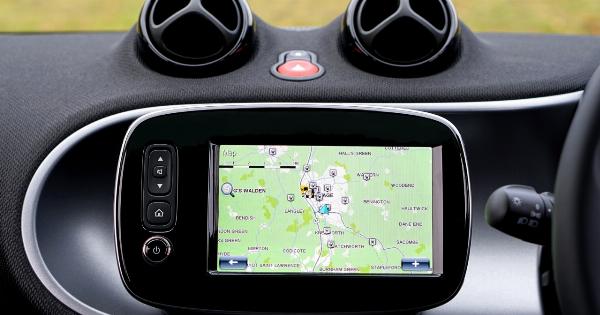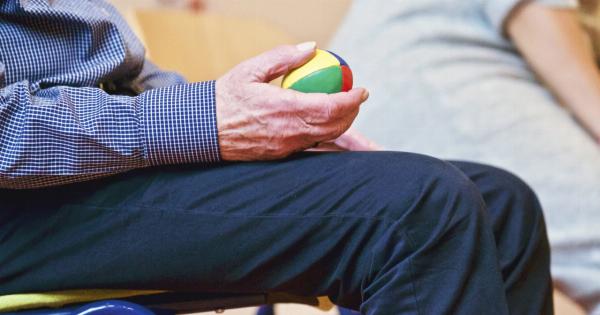Motor neuron diseases such as Amyotrophic Lateral Sclerosis (ALS) are debilitating conditions that limit a patient’s ability to move, eat, and breathe on their own.
These conditions typically manifest themselves in later life and are currently incurable. However, with the advancement of technology, new devices are being developed to improve the quality of life for motor neuron patients.
One such device is a modern communication aid that allows patients to interact with the world in ways previously not possible.
Background on Motor Neuron Diseases
Motor neuron diseases are neurodegenerative conditions that lead to the gradual loss of motor neurons, the cells responsible for transmitting signals from a patient’s brain, to their muscles.
As the loss of these cells progresses, patients experience a gradual loss of muscle function, leading to paralysis if left untreated. The most common motor neuron disease is ALS, which affects around 30,000 Americans per year.
The Challenges Faced by Motor Neuron Patients
Motor neuron diseases pose a considerable challenge for patients and healthcare professionals alike. Patients lose the ability to do simple tasks, such as getting dressed, grooming, or eating.
As these diseases progress, the patient loses the ability to speak, making communication challenging. Additionally, as the muscles that control breathing become affected, patients rely more on ventilators and other mechanical devices to stay alive.
Prior Solutions for Communication and Interaction
Prior to the development of modern communication aids, motor neuron patients had very few ways to interact with the world.
Pen and paper are an option for patients who can still move their arms and hands, but this is time-consuming and not always practical. One solution for communication and interaction is the use of eye-tracking technology.
A device, typically mounted on the patient’s head, tracks the patient’s gaze, allowing them to navigate menus and select words for a computer to speak for them. However, this technology can be prohibitively expensive, and low-cost options are not always available.
New Device for Improved Communication and Interaction
The new device that enhances the quality of life for motor neuron patients is a communication aid made by San Francisco-based tech company AALTRA.
The device is called “Nightingale,” and it combines eye-tracking technology with voice recognition to allow patients to interact with computers and other modern devices. The device mounts on the patient’s head and tracks their gaze, allowing them to select words and phrases using only their eyes.
The device also recognizes the patient’s voice, allowing them to use voice commands to control other devices in the home.
The Benefits of the Nightingale Device
The Nightingale device offers motor neuron patients several benefits. Firstly, the device allows patients to communicate with others more easily and effectively, reducing their reliance on caregivers and improving their quality of life.
The ability to control other devices in the home, such as lights and heating, also contributes to this improved quality of life. The device is designed to be easy to use, making it accessible for patients who may have limited experience with technology.
Cost and Accessibility of the Nightingale Device
One primary benefit of the Nightingale device is its accessibility and affordability. As previously mentioned, other communication aids can be prohibitively expensive, making them inaccessible to many patients.
AALTRA’s Nightingale device, however, costs around $2,000, making it one of the most affordable options currently available.
Conclusion
Motor neuron diseases such as ALS are debilitating conditions that significantly impact a patient’s quality of life.
However, with the development of new technologies such as AALTRA’s Nightingale device, patients have new ways to interact with the world, reducing their reliance on caregivers and improving their quality of life. Furthermore, the affordability of the device makes it a practical option for many patients who would not have had access to similar technologies previously.






























